
Climate & Biomes Latitude & Topography Impacts


Climate & Biomes Objectives:
- Explain how sunlight distribution leads to varied ecosystems at different latitudes.
- Describe the impact of topography, including altitude, north vs. south-facing slopes, and east vs. west-facing slopes on Oregon habitats.
Biomes are ecosystems on a grander scale. For example, Lake Michigan in North America is a freshwater ecosystem, and lakes Michigan, Huron, Erie, Superior, and Ontario together are the Great Lakes biome. Both biome and ecosystem refer to a habitat’s environmental conditions and organisms. In this section, we’ll see how various physical factors impact life on land.
We are starting by defining biomes and how they relate to ecosystems.
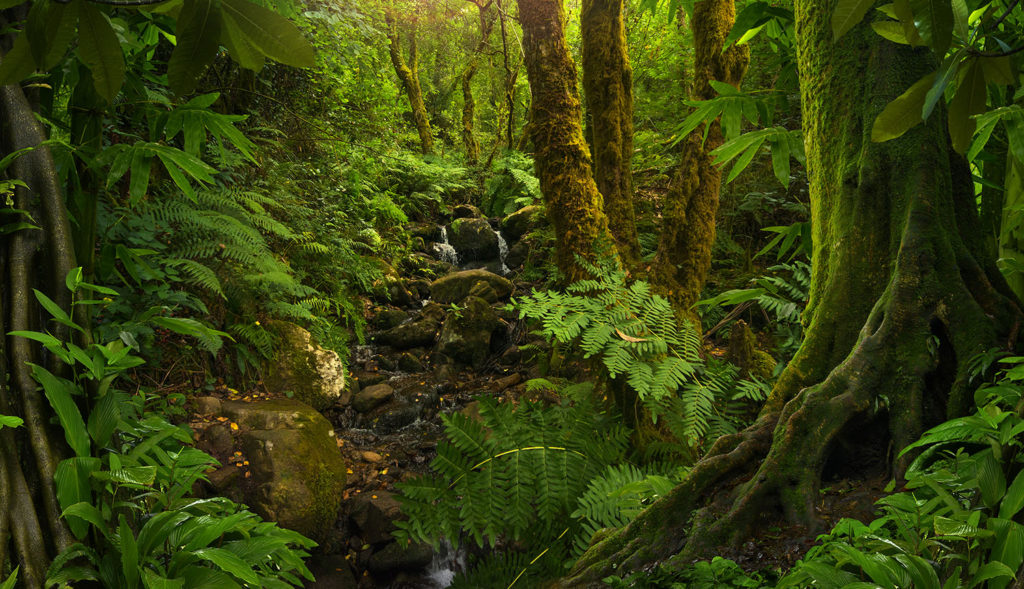
Climate differences on Earth’s surface lead to widely different terrestrial biomes: polar regions, tundra, forests, grasslands, and deserts.
Climate is impacted by the amount of direct sunlight and the presence of mountains. We’ll start with sunlight.
Sunlight, Latitudes, & Climate
This video introduces the impact of sun on biome distribution along latitudes.
Sunlight hits the Earth’s surface more directly at the equator. That means in a given area, there is more sunlight hitting the Earth (and ocean) at the equator than the polar regions.
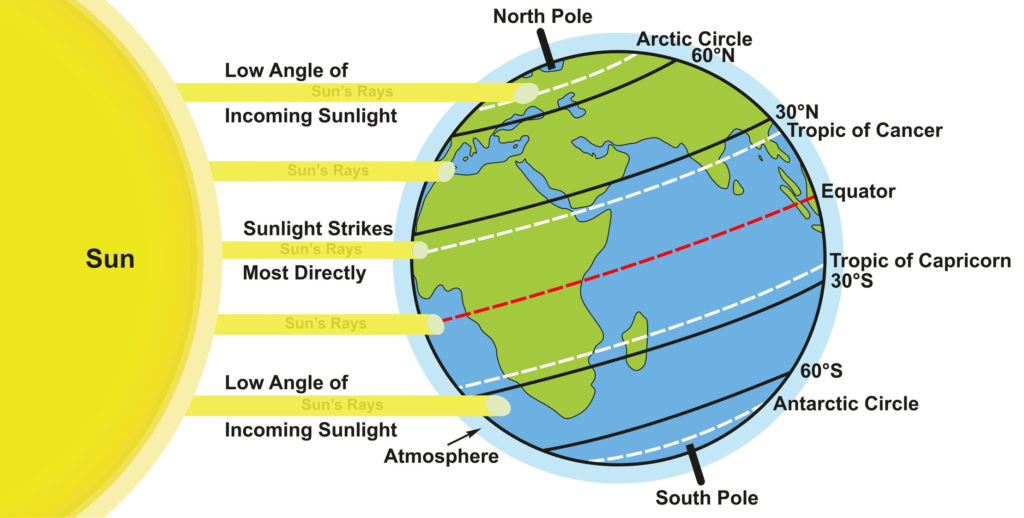
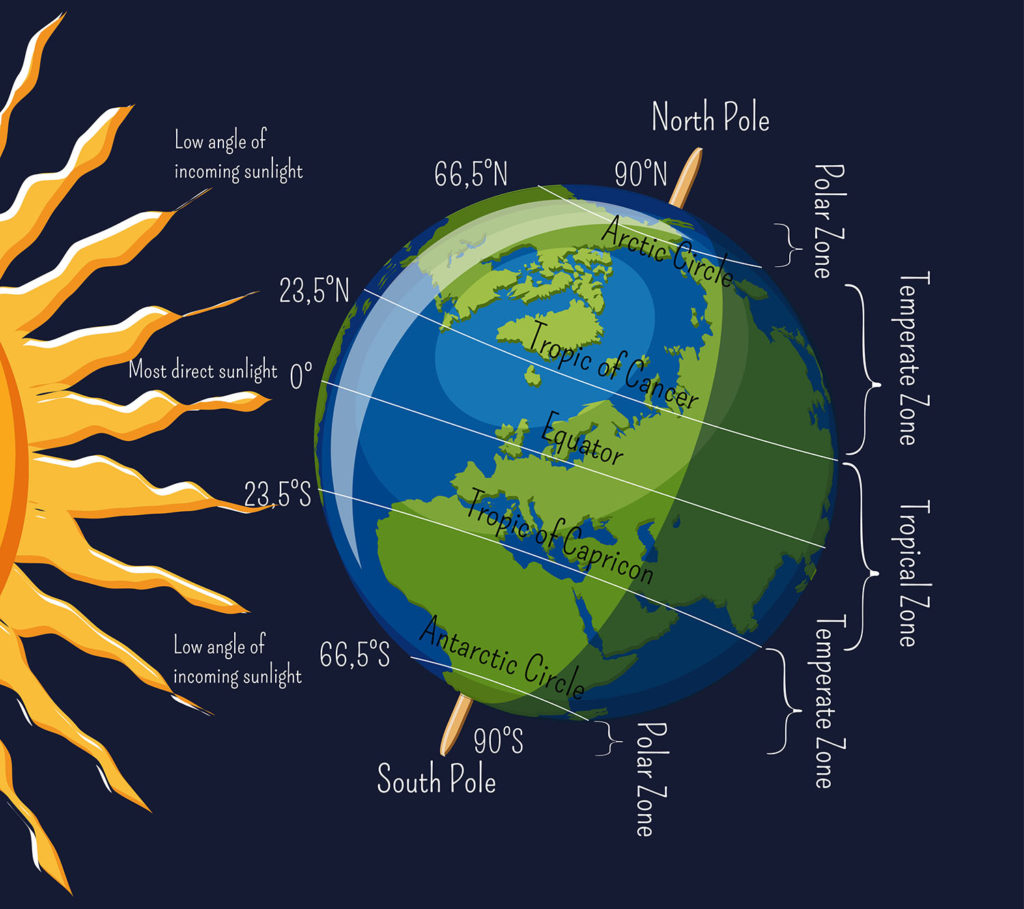
This creates different temperature zones: tropical as the equator, temperate north and south of the equator, and polar far from the equator.
The warmth at the equator creates a continual cycle of evaporation and precipitation. Wind currents that move north and south of the equator cause drier zones approximately 30 degrees north and south. The currents pick up enough moisture to support cold coniferous forests (Boreal taiga) around 60 degrees north latitude.
Can you explain in your own words why there are different biomes at different latitudes?

This video contrasts the impact of latitudes with the “real” distribution of biomes.
Topography & Climate
This video describes how a single mountain can have varied climates.
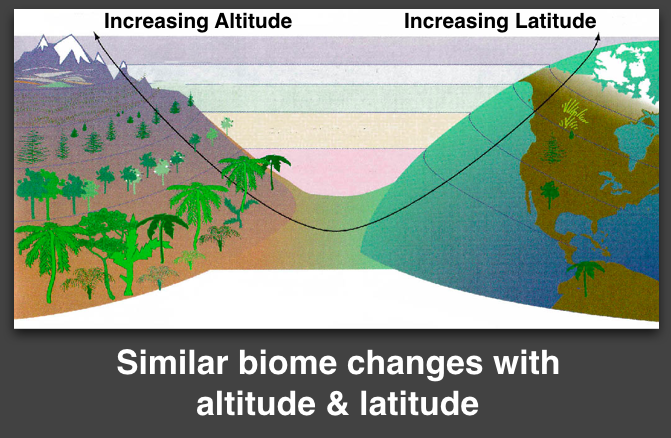
Mountains impact climate, an increase in altitude (height) is similar in moving higher in latitude away from the equator.
Mountains can also have different climates on the north and south-facing slopes as well as the east and west-facing coasts.
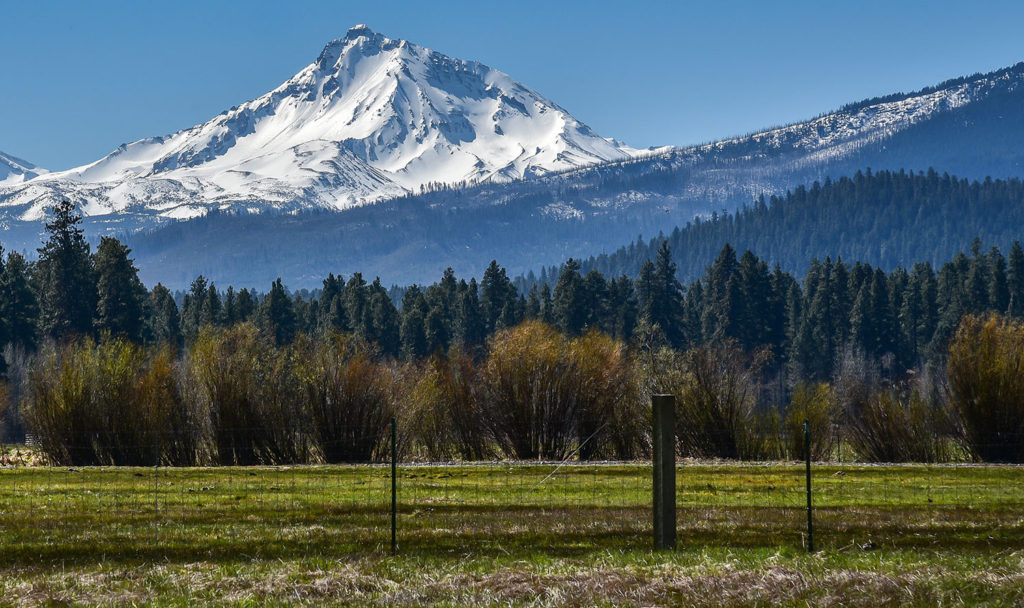
This video describes why temperature and moisture can be different on south-facing and north-facing slopes of hills and mountains.
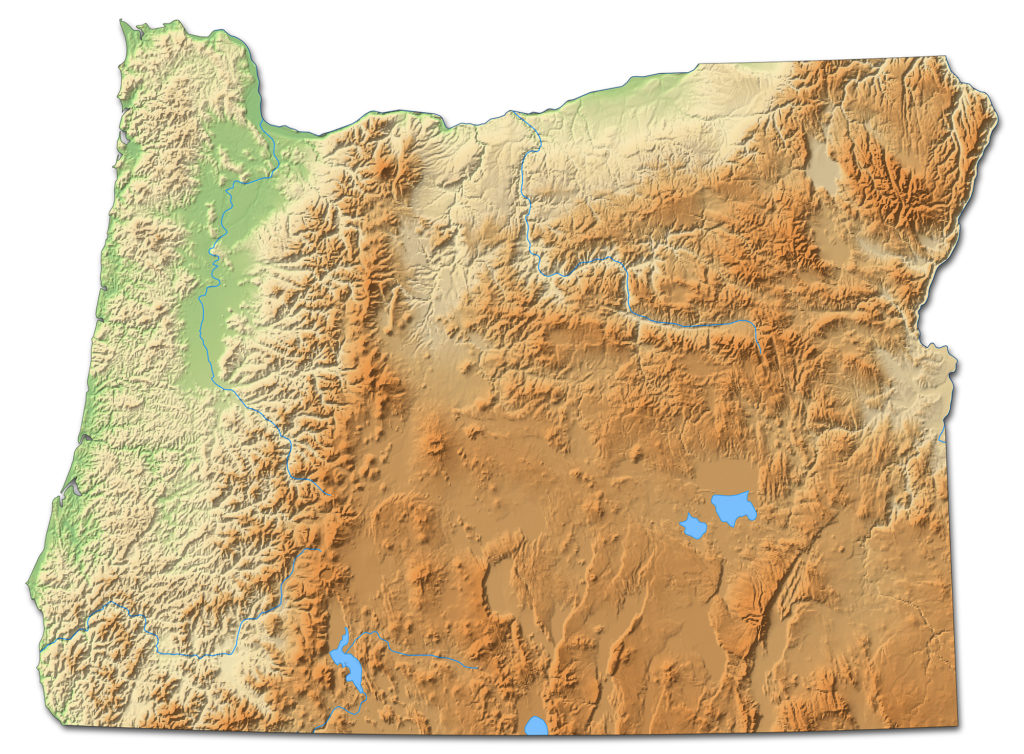
Mountains, valleys, and the ocean impact biome patterns in Oregon. The dramatic range of biome patterns results in many different ecoregions.
When you look at a physical map of Oregon, it is clear that there are a variety of terrestrial ecosystems: green forests to sandy deserts.
It is also apparent that these ecosystems are not running along horizontal latitude lines: mountains are having a significant impact on climate and vegetation.
This video provides an overview of the rainshadow effect, explaining why Corvallis is generally drier in the summers than Newport along the coast.
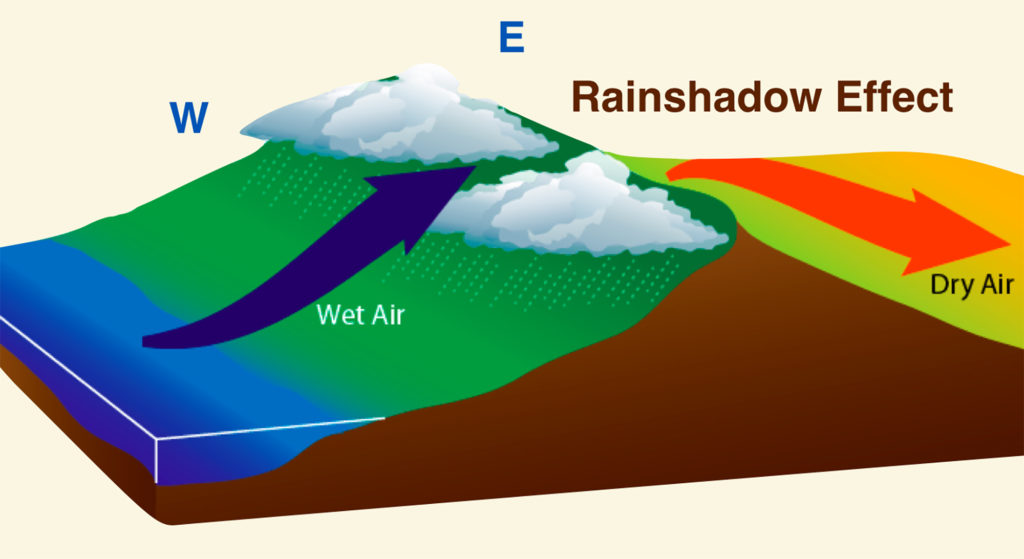
Moist and relatively warm air coming off the ocean heads up a mountain. These air currents typically run west to east. As the moist air cools, rain precipitates out on the west-facing side of the mountain. This leaves drier air heading to the east-facing side of the mountain, creating a rainshadow effect on the east side.
We have two large mountain ranges in Oregon: the Coastal Range and the Cascades.
Which numbers indicate the location of rainshadows created by these mountain ranges?
Answer: 2 & 4
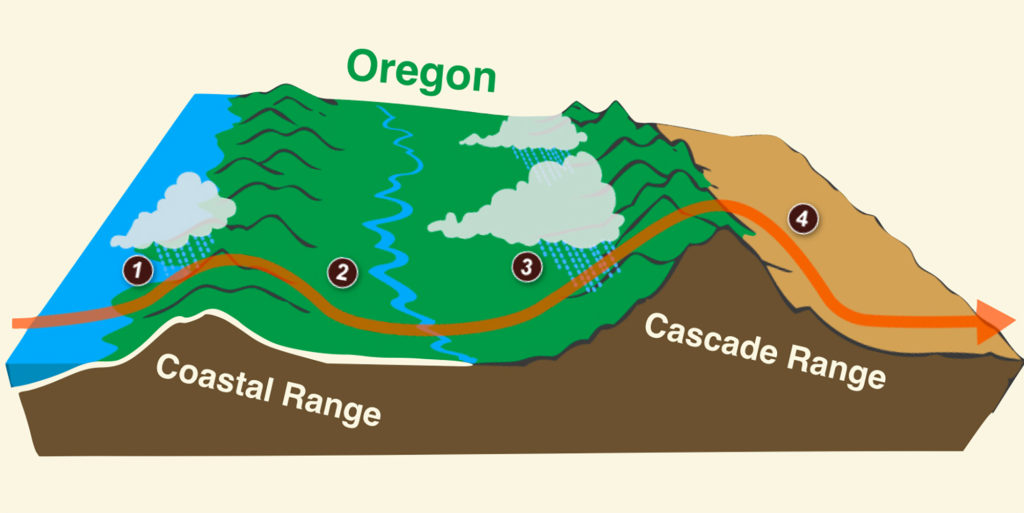
This is the end of the Biosphere Guide. The material from this guide and the Research Guide are on the weekly quiz.

Check your knowledge. Can you:
- Explain how sunlight distribution leads to varied ecosystems at different latitudes?
- Describe the impact of topography, including altitude, north vs. south-facing slopes, and east vs. west-facing slopes on Oregon habitats?



